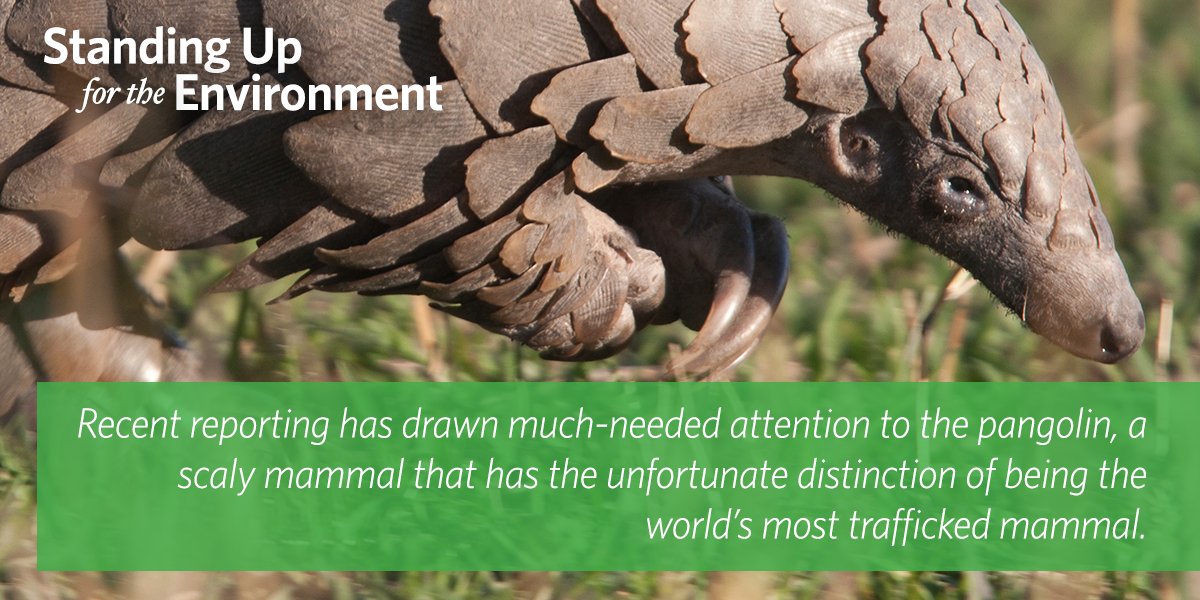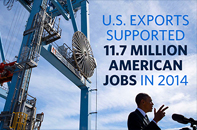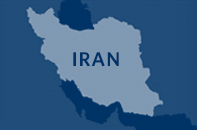America's Trade Ambassador: Tackling Environmental Challenges Through Trade
May 20, 2015
12:11 PM EDT
Ed. note: The following was originally posted on Tradewinds, the official blog of the United States Trade Representative. You can read the original post here.
Today’s environmental challenges are staggering in their severity and scope.
Iconic animals such as elephants and rhinoceros, as well as lesser known species, such as the pangolin, saola, vaquita, and totoaba are under threat from wildlife trafficking. Illegal fishing is driving global economic losses in the billions each year while depleting treasured marine resources. While illegal logging is damaging ecosystems and undercutting sustainable, regulated business.
Trade agreements are a vital tool for combatting these global threats. Two decades ago, environmental provisions under NAFTA were relegated to a side agreement, with only a single enforceable obligation to “effectively enforce your own environmental laws.” In contrast, our most recent trade agreements contain extensive, enforceable environmental commitments. These commitments are subject to the same dispute settlement procedures as other commercial obligations, including recourse to trade sanctions in the event of a violation.
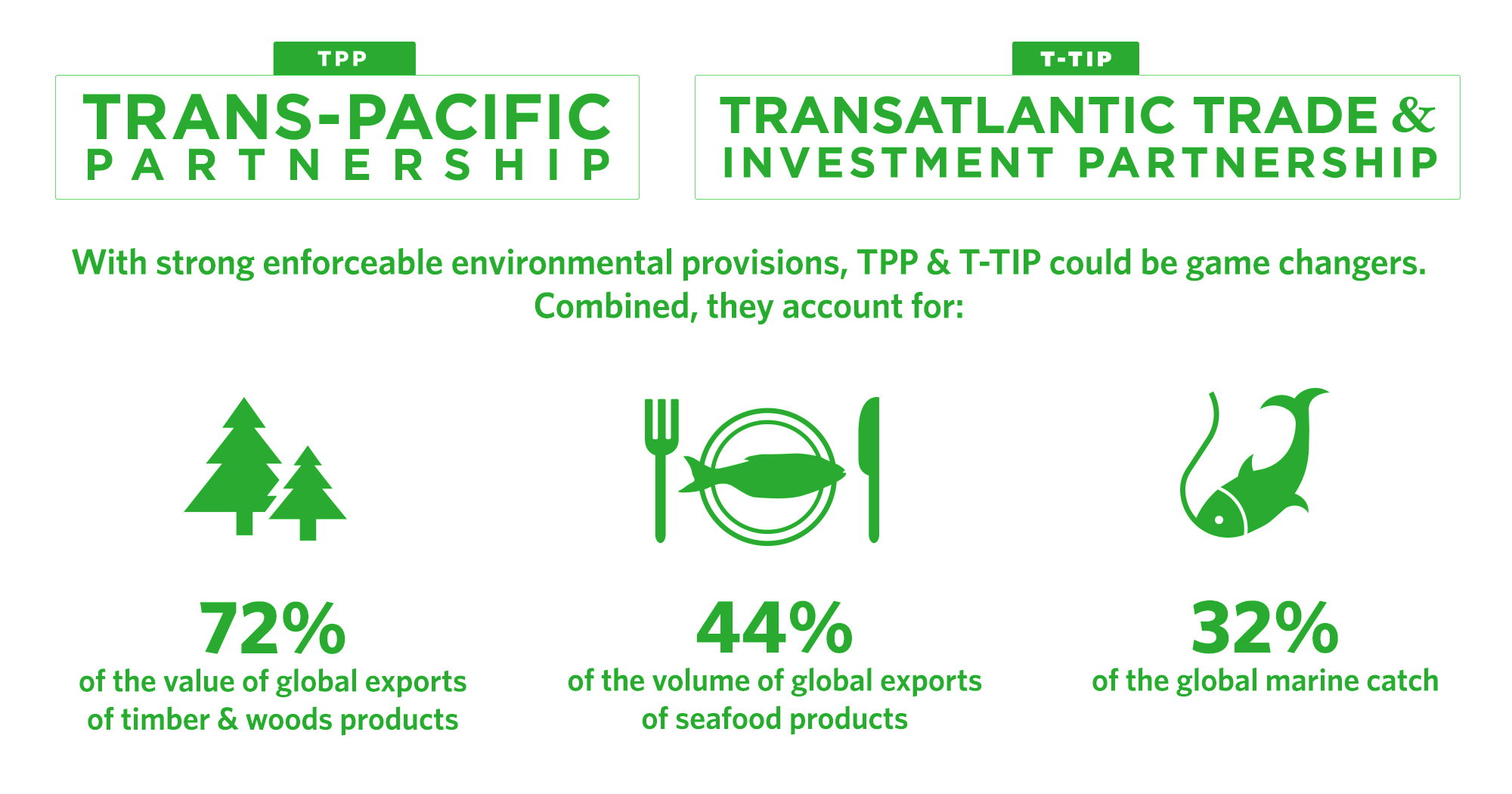
Enforceable commitments to protect the environment, coupled with targeted technical assistance and capacity building, can result in important environmental progress on the ground. Even under our early trade agreements, with more limited environmental provisions, we have helped our trading partners countries put in place over 700 new or improved environmental and/or conservation laws, policies and regulations. Millions of people have been reached through environmental and public awareness campaigns, and thousands of miles of land are under improved national resources management.
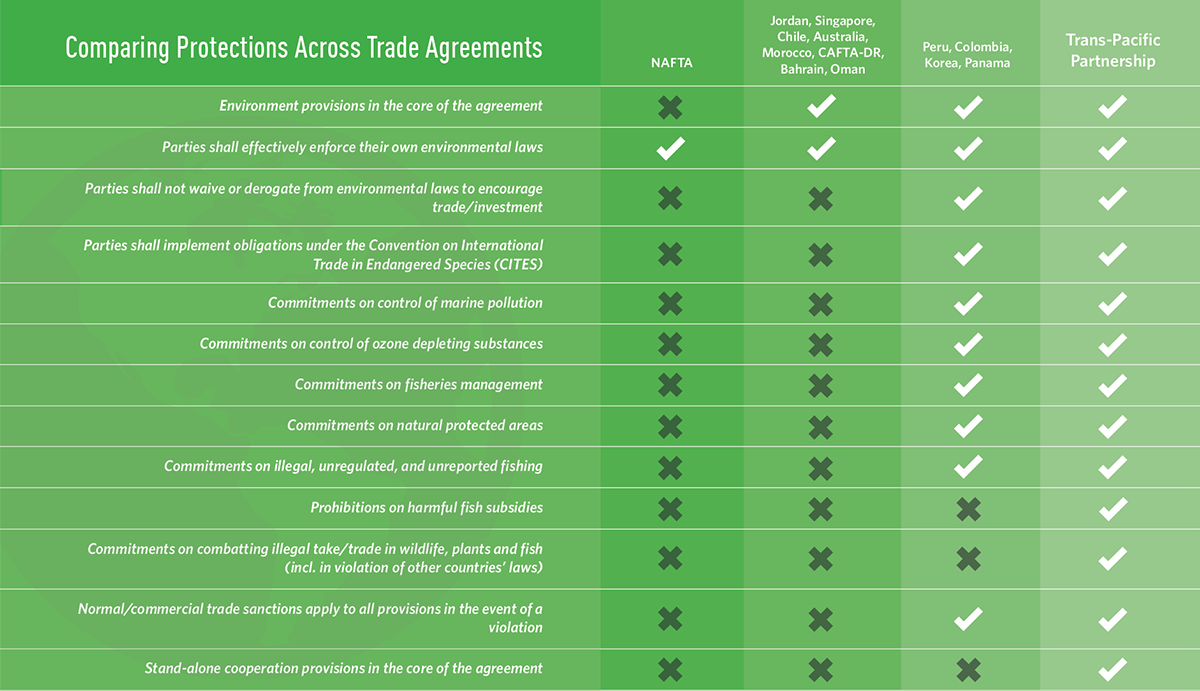
There’s certainly more we need to do. And that is why we’re pressing for even better tools in our new agreements, like the Trans-Pacific Partnership (TPP) currently under negotiation between the United States and 11 other countries. The tools matter. And with better, stronger tools in TPP we will be able to protect one of the most ecologically and economically significant regions of the world – from the deserts and plains of Australia, to the Mekong River Delta of Vietnam, to the Andes mountains of Peru.
This is a region that encompasses major consumer and export markets for protected wildlife and includes seven of the top eighteen fishing nations, which together account for a quarter of global marine catch and seafood exports. Across this critical zone, the TPP would establish the toughest environmental protections of any regional trade agreement to date, with an extensive set of fully enforceable environmental obligations, including:
- First-ever provisions to prohibit some of the most harmful fisheries subsidies, including those that contribute to overfishing;
- Stand-alone obligations to protect natural areas (including wetlands), promote sustainable fisheries management, and conservation obligations with respect to marine animals including whales, sea turtles, sharks, and seabirds; and
- Pioneering commitments for each TPP country to effectively enforce its conservation laws, live up to their international commitments to protect endangered species, and create new tools to spur greater regional action to combat wildlife trafficking—regardless of its source.
Because President Obama’s trade agenda prioritizes conservation and environmental protections, it’s winning some important allies. A number of conservation and animal welfare organizations, including the World Wildlife Fund, Oceana, the Humane Society of the United States, World Animal Protection, International Fund for Animal Welfare, The Nature Conservancy and others have already expressed their support for delivering ambitious and enforceable conservation obligations through TPP.
As today’s report demonstrates, trade agreements can include effective tools for environmental defenders. With TPP negotiations approaching the finish line, we have an opportunity to create even stronger tools and protect the environment on a bigger scale than ever before.
To view the report "Standing Up for the Environment: Trade for a Greener World," please click here.
